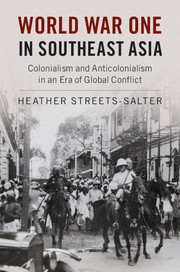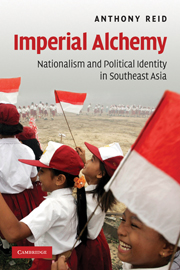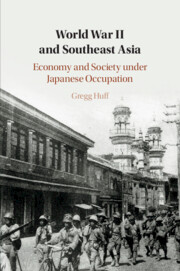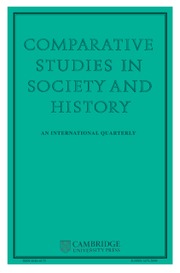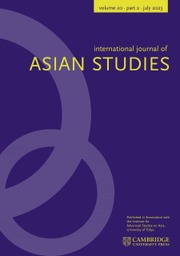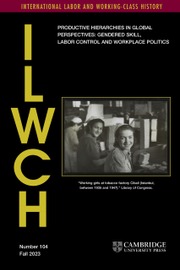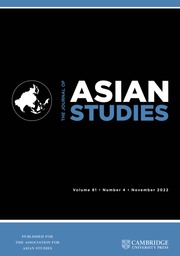Cities in Motion
In the 1920s and 1930s, the port-cities of Southeast Asia were staging grounds for diverse groups of ordinary citizens to experiment with modernity, as a rising Japan and American capitalism challenged the predominance of European empires after the First World War. Both migrants and locals played a pivotal role in shaping civic culture. Moving away from a nationalist reading of the period, Su Lin Lewis explores layers of cross-cultural interaction in various spheres: the urban built environment, civic associations, print media, education, popular culture and the emergence of the modern woman. While the book focuses on Penang, Rangoon and Bangkok - three cities born amidst British expansion to the region - it explores connected experiences across Asia and in Asian intellectual enclaves in Europe. Cosmopolitan sensibilities were severely tested in the era of post-colonial nationalism, but are undergoing a resurgence in Southeast Asia's civil society and creative class today.
- Highlights the role of the cosmopolitan port city in Asian modernity
- Focuses on the role of neglected communities, such as migrants and modern girls, whose stories are not often told
- Provides a reading of cosmopolitanism rooted in Asia rather than in Europe
Reviews & endorsements
'There are few recent books as deeply anchored in both global and urban history as Su Lin Lewis’s exploration of urban life in early-twentieth-century Southeast Asian port cities. … While Lewis speaks to recent debates in global history, she successfully eschews the now familiar charge that the field’s practitioners have veered too far from concrete, empirical studies of the local. The elegantly presented results of her research therefore should be read by a wide range of historians.' Michael Goebel, Global Urban History (www.globalurbanhistory.com)
Product details
July 2016Hardback
9781107108332
320 pages
234 × 157 × 20 mm
0.64kg
21 b/w illus. 5 maps
Available
Table of Contents
- Introduction: seeing through the city
- 1. Maritime commerce, old rivalries, and the birth of three cities
- 2. Asian port cities in a turbulent age
- 3. Cosmopolitan publics in divided societies
- 4. Newsprint, wires, and the reading public
- 5. Playgrounds, classrooms, and politics
- 6. Gramophones, cinema halls, and bobbed hair
- Epilogue: cosmopolitan legacies
- Bibliography
- Index.


